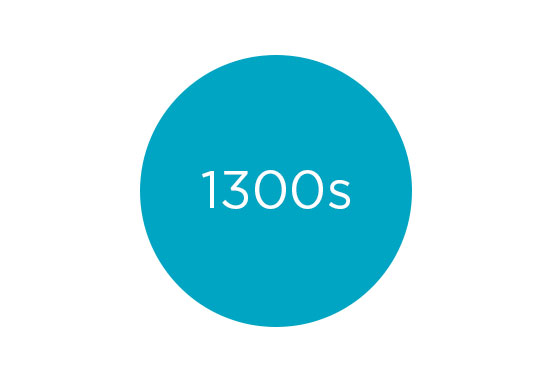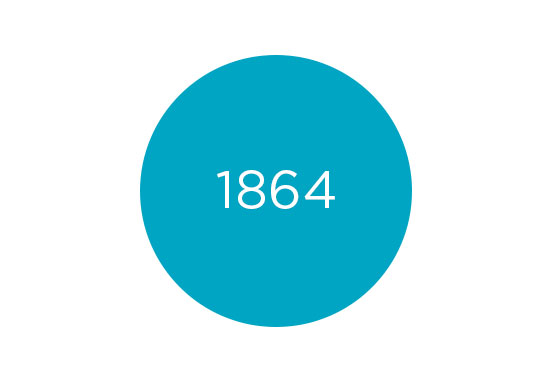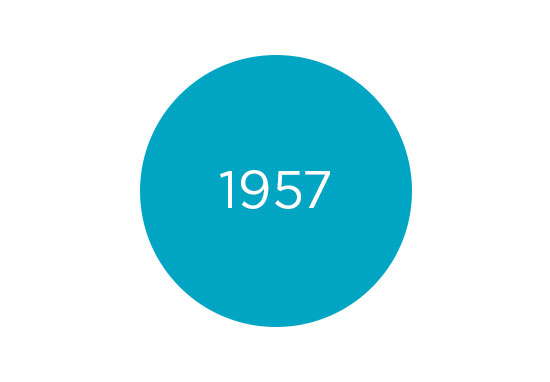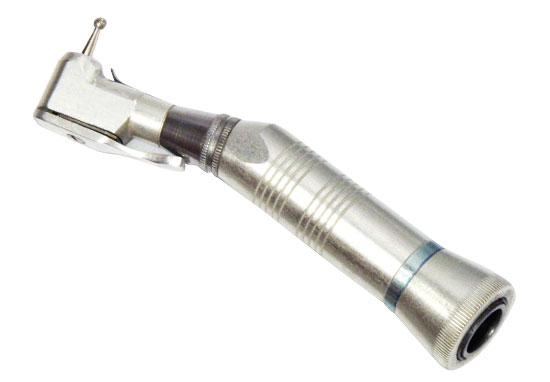Tooth extraction took the form of a “bird beak” in the 14th century when Guy de Chauliac developed the dental pelican. Teeth were secured into the end of a curved shaft and then pulled out sideways.
Foot-treadle spinning wheels expanded from thread spooling to dental drilling in 1790. Invented by George Washington’s personal dentist, John Greenwood, the first dental drill was powered by a foot engine. While it was difficult to use and operated at a super slow speed, it opened the gateway for future development.
Dental instruments in the U.S. made a huge leap forward when John Borden invented the first modern dental drill in 1957. His high-speed, air-driven dental drill took only minutes to prep teeth for fillings.
Today’s dental drills reach such high speeds by operating with air or electricity. While the noise may scare some, they make dental work significantly easier and far more accurate.
Plant your veggie garden
Break out the gardening gloves, and add these tasty options to your veggie patch.
Fizz is in
What does sparking water mean for your mouth?
Periodontal pockets
Here's how your dentist can literally measure gum disease.













